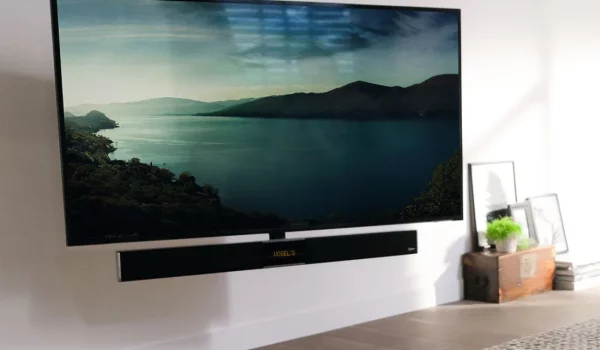Efficiency improvement and technology choice for energy and emission reductions of the residential sector
The residential sector currently accounts for one fifth of global energy use and corresponding greenhouse gas emissions, largely driven by increasing demand for space heating and cooling. Climate change mitigation action requires these to reduce, but the exact decarbonization strategies, the contribution of demand and supply side measures, and their heterogeneity is unclear. Using a regional energy system model with an explicit representation of residential energy use and building stocks, the contribution of this sector in long-term decarbonization pathways is explored.
The projections show that global heating demand is expected to decrease from current levels by 27% and 66% by 2050 and 2100, respectively. However, due to increasing affluence in warmer regions, cooling demand is expected to increase by 176% and 286% respectively. Yet, direct residential emissions are almost eliminated by 2100 by combining increased envelope efficiency and advanced heating technologies in a synergistic manner, where the adoption of high efficiency heating and cooling reduces the need for increased insulation, and vice versa. By combining these measures with rooftop PV, the net energy demand of many household types approaches zero. The exact residential sector strategies vary across local climate, socio-economic, and building stock characteristics.
Other relevant publications
Re-use of soundbars
How feasible is it to give soundbars a second life? Commissioned by Stichting OPEN, Second Use investigated the re-use potential of four soundbar models, revealing insights into repairability, consumer interest, and key barriers.
Re-use of cordless vacuum cleaners
The re-use of cordless vacuum cleaners presents interesting opportunities, but battery replacement costs pose a significant challenge. This study, conducted by Second Use on behalf of Stichting OPEN, examines the feasibility of refurbishment and identifies key improvements to extend the lifespan of these appliances.
Potential for reuse coffee machines
Research into the possibilities for reusing coffee machines. This study examined ease of assembly and disassembly, the technical properties of components, costs, and market potential.







